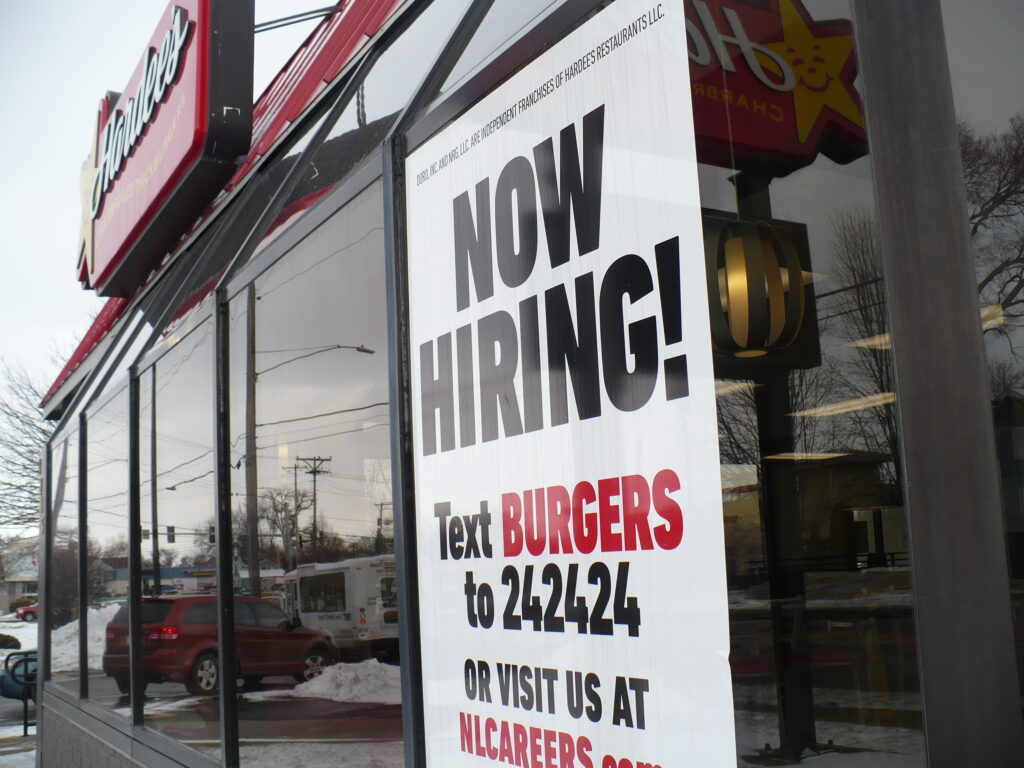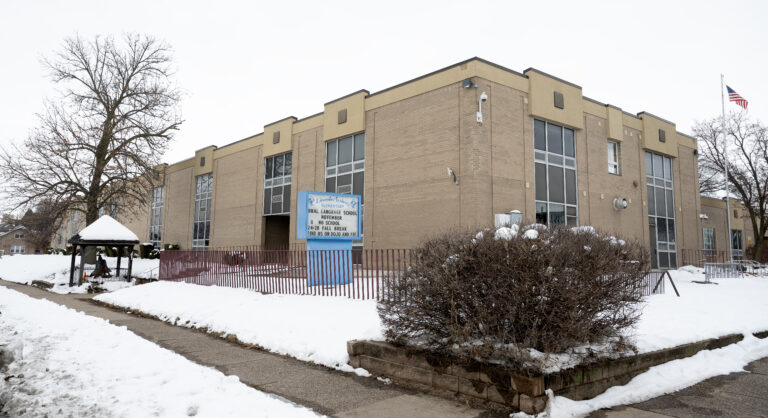The August unemployment rate in the Quad Cities was unchanged at 5.3% over last year while total nonfarm jobs decreased -1,700 compared to August 2024, according to data provided by the Illinois Department of Employment Security (IDES).
Statewide the over-the-year unemployment rate decreased in six Illinois metropolitan statistical areas (MSA) and increased in four over August 2024. It remained unchanged in two: the St. Louis MSA and the Illinois Section of Davenport-Moline-Rock Island, Iowa-Illinois MSA, according to data released Friday, Sept. 26, by the U.S. Bureau of Labor Statistics (BLS) and IDES.
The metro area with the largest unemployment rate decreases were: Chicago-Naperville-Schaumburg Metro Division, -1.1 points to 4.6%, followed by a tie between: Bloomington MSA, Champaign-Urbana MSA, Elgin Metro Division, Lake County Metro Division, and Rockford MSA, all down -0.1 point each.
The metro area with the largest unemployment rate increase was Decatur, +0.3 point to 6.2%; followed by a tie between the MSAs of Kankakee, Peoria, and Springfield, +0.1 point each.
The state’s unemployment rate fell slightly in August to 4.4%.
The unemployment rate identifies those who are out of work and seeking employment. A person who exhausts benefits, or is ineligible, still will be reflected in the unemployment rate if they actively seek work.
QC jobless rates
Over the year nonseasonably adjusted August 2025 unemployment rates for the Quad Cities area also included:
- Rock Island County, 5.4%, down -0.1% over the year.
- Henry County, 5.2%, up 0.3%.
- Mercer County, 4.8%, down -0.1%.
- Moline, 5.4%, down -0.3%.
- Rock Island city, steady at 5.5%
- Galesburg, 6.1% up 0.6%.
Meanwhile, total nonfarm jobs increased in five metropolitan areas, leading to consecutive months with year-over-year growth. They were Champaign (seven consecutive months); Chicago (14 consecutive months); Springfield (22 consecutive months).
In the Quad Cities MSA industry sectors recording over-the-year nonfarm payroll increases were: Other Services, +200, and Private Education-Health Services, +100. Sectors reporting over-the-year declines were: Professional-Business Services, -800; Government, -300; Financial Activities -200; Mining-Construction,-100; Manufacturing, -100; Wholesale Trade, -100; Retail Trade, -100; Transportation-Warehousing-Utilities, -100; Information, -100; and Leisure-Hospitality, -100.
In addition to the Quad Cities, the metro areas posting the largest over-the-year percentage decreases in total nonfarm jobs were Kankakee, -2.6%, -1,100; and Peoria, -1.4%, – 2,500.
The metro areas which had the largest over-the-year percentage increases in total nonfarm jobs were the Springfield MSA, +1.3%, +1,500; the Champaign-Urbana MSA, +1.1%, +1,200; and the Chicago Metro Division, +0.7%, +26,400. Industries that saw job growth in the majority of the 12 metro areas included: Private Education and Health Services.
“Even as harmful federal policies create challenges for businesses and workers, Illinois is staying focused on expanding economic opportunity in every corner of the state by investing in workforce and business development,” Illinois Deputy Governor Andy Manar said in the IDES news release.
“Our greatest asset is our diverse and resilient workforce, and we’re committed to building pathways that support lasting growth and prosperity,” he added.







